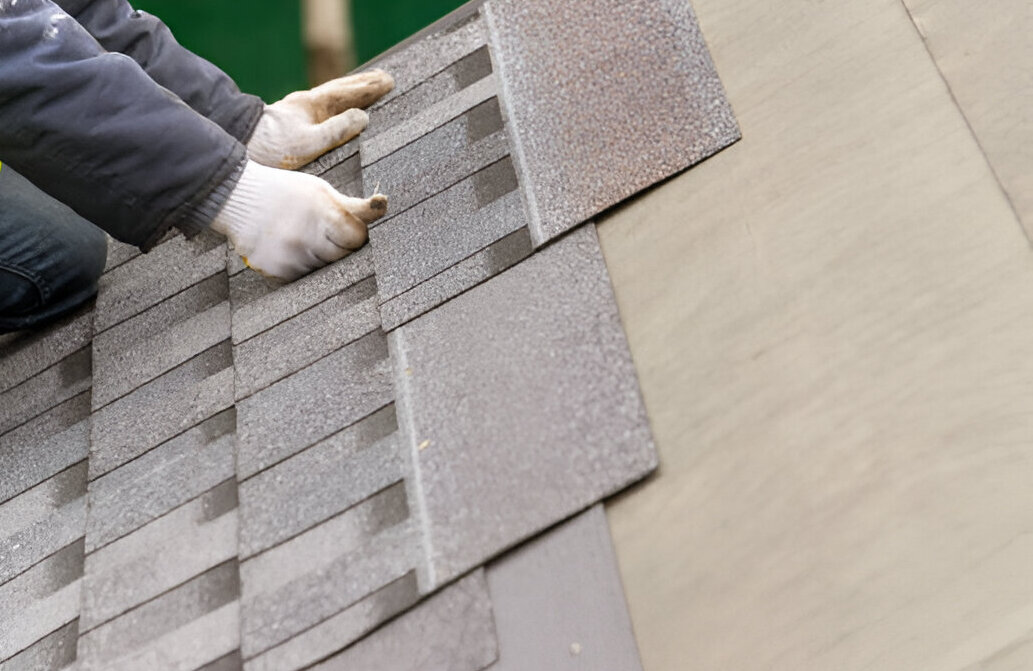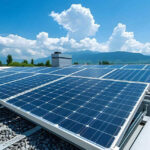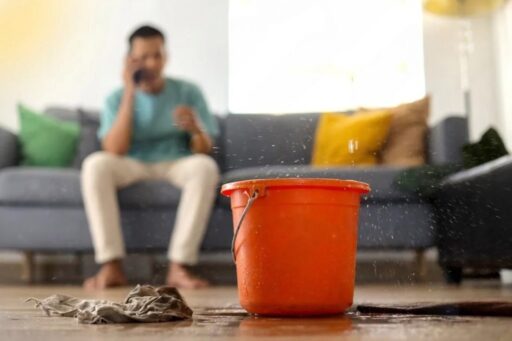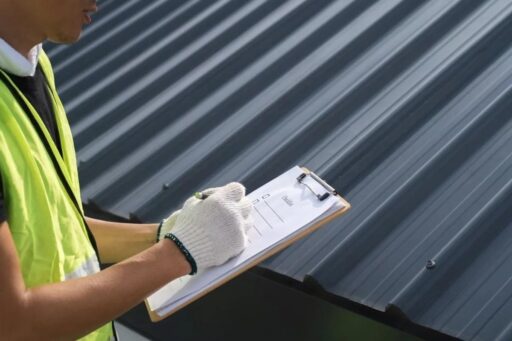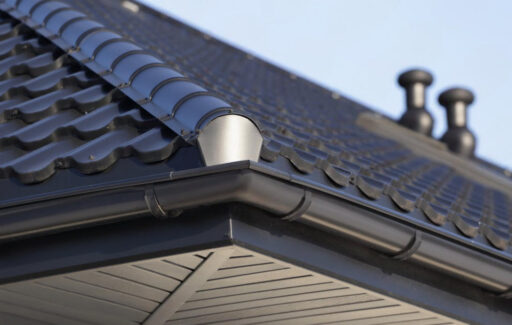The integrity of a home’s roof is paramount to the overall structure and safety of the property. When issues arise, homeowners are often faced with a critical decision: should they opt for roof repair vs replacement? This guide aims to provide a thorough understanding of the factors involved in making this important choice, helping homeowners weigh the pros and cons of each option.
Roof Structures and Materials
Before delving into the roof repair vs replacement debate, it’s essential to have a basic understanding of roof types and materials. Different roof structures, such as gable or hip roofs, have unique characteristics that affect how they withstand the elements. Additionally, the materials used in the roof’s construction can influence the durability, energy efficiency, and maintenance needs.
Common Roof Styles
- Gable: A classic triangular shape with two sloping sides meeting at a ridge.
- Hip: Features slopes on all four sides, converging at the top to form a ridge.
- Flat: Despite the name, these roofs have a slight pitch for water drainage.
- Mansard: A four-sided design with two slopes on each side, the lower being steeper.
- Gambrel: Similar to a mansard but with two sides instead of four.
Roofing Materials
- Asphalt Shingles: Popular due to affordability and ease of installation.
- Metal: Known for durability and energy efficiency.
- Tile: Offers excellent longevity and a distinctive aesthetic.
- Slate: Prized for its natural beauty and extended lifespan.
- Wood Shakes: Provides a rustic appearance but requires more maintenance.
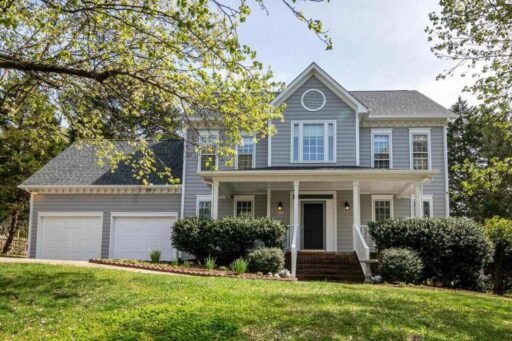
Identifying Roof Damage
Recognizing roof damage early can make a significant difference in deciding between roof repair vs replacement. Homeowners should be aware of the warning signs that indicate potential roofing issues, such as missing or damaged shingles, water stains on ceilings, or increased energy bills. Regular inspections, ideally twice a year and after severe weather, help detect these problems before they worsen.
- Missing or damaged shingles
- Curling or cracked shingles
- Granules accumulating in gutters
- Sagging roof deck
- Daylight visible through roof boards
- Water stains on ceilings or walls
- Unexpected increases in energy bills
- Mould or algae growth
Regular inspections, ideally biannually and after severe weather events, can help detect these issues early.
The Case for Roof Repair
In some cases, when choosing between roof repair and replacement, repair may be favoured due to the age of the roof, cost considerations or the extent of the damage. Roof repairs are usually more cost-effective when the damage is localized, or the roof is relatively new. Homeowners who act promptly upon identifying minor issues can avoid more extensive work and prolong the life of their roof.
- Age of the Roof: If the roof is relatively new (typically less than 15–20 years for asphalt shingles) and the damage is localized, repairs can be a cost-effective solution.
- Extent of Damage: Minor issues such as a few missing shingles or small leaks can often be addressed through targeted repairs.
- Cost Considerations: Repairs generally involve lower upfront costs compared to a full replacement, making them an attractive option for immediate problem-solving.
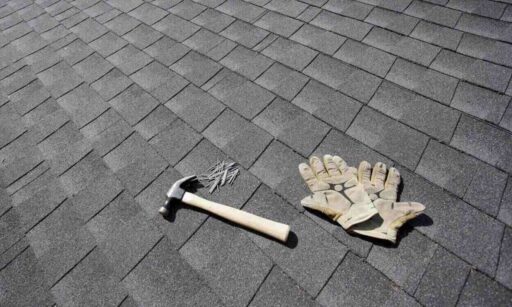
The Repair Process
- Professional assessment of the damage
- Detailed proposal outlining necessary repairs and associated costs
- Preparation of the repair area
- Execution of repair work (e.g., replacing damaged shingles, fixing flashing)
- Thorough clean-up
- Final inspection to ensure quality and completeness of repairs
When to Consider Roof Replacement
In situations where the roof is significantly damaged or near the end of its lifespan, roof replacement becomes the more practical choice. Roof repair vs replacement must consider the long-term costs and benefits of each option. If your roof has recurring issues or if a large portion of it is damaged, replacement can provide better value in the long run.
- Extensive Damage: If more than 30% of the roof is compromised, replacement often becomes more cost-effective than extensive repairs.
- Recurring Issues: Frequent repair needs may indicate underlying problems, suggesting that replacement is the more prudent long-term solution.
- Age of the Roof: As roofs approach or exceed their expected lifespan (20–30 years for many materials), replacement becomes a more viable option.
- Energy Efficiency Improvements: New roofing technologies can significantly enhance a home’s energy efficiency, potentially leading to long-term savings on utility costs.
- Building Code Compliance: Older roofs may not meet current building codes, necessitating a full replacement to ensure compliance and safety.
The Replacement Process
- Initial consultation and detailed estimate
- Selection of appropriate roofing materials
- Scheduling of the replacement project
- Preparation of the work area and protection of property
- Removal of existing roofing materials
- Inspection and repair of the underlying roof deck
- Installation of new roofing system, including underlayment and flashing
- Comprehensive clean-up, including magnetic sweep for nails
- Final inspection to ensure adherence to quality standards and specifications
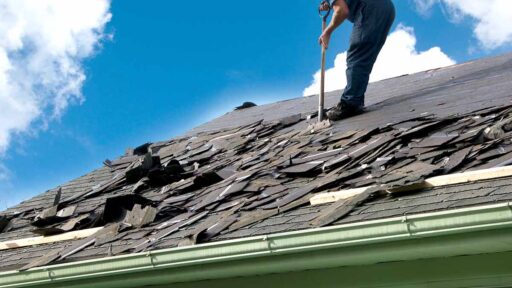
Selecting a Qualified Roofing Contractor
The choice of quality roofing contractor is crucial for ensuring quality workmanship. Consider these factors:
- Proper licensing and insurance
- Established local reputation and verifiable references
- Detailed written estimates and contracts
- Comprehensive warranty offerings
- Expertise with your specific roofing material
- Clear communication and professional demeanour
Maintenance for Roof Longevity
Regardless of whether you opt for repair or replacement, proper maintenance is key to maximizing your roof’s lifespan:
- Conduct regular inspections (at least annually)
- Address minor issues promptly
- Ensure gutters are clean and functional
- Trim overhanging tree branches
- Maintain proper attic ventilation
- Remove debris from the roof surface
- Check for adequate insulation to prevent ice dams in cold climates
Environmental Considerations
When making decisions about your roof, consider the environmental impact:
- Energy-efficient materials can reduce your carbon footprint
- Some roofing materials are recyclable at the end of their life
- Cool roofing options can help mitigate urban heat island effects
- Proper insulation and ventilation can significantly reduce energy consumption
Final Thoughts
The decision between roof repair and replacement is multifaceted, influenced by factors such as the roof’s age, extent of damage, long-term plans for the property, and budget considerations. By thoroughly evaluating these elements and consulting with qualified professionals, homeowners can make informed decisions that protect their property and provide long-term peace of mind. Remember that your roof is a critical component of your home’s structure, and investing in its care and maintenance is essential for preserving the value and safety of your property.

